How to re-magnetize a magnet - Complete How To Guide
It can be really frustrating when your magnet loses its strength. Fortunately, it helps to be aware of how to re-magnetize the magnet.
How can you re-magnetize a magnet? In order to remagnetize the average magnet, you need another larger (and at least as powerful) magnet. Because the good news is that your magnet might still work: it has just lost the original direction of the poles because of rough use or similar. And the "new" magnet will help the weakened magnet to remagnetize.
This guide only works on permanent magnets. If you are trying to remagnetize an electromagnet, on the other hand, you will need to go a completely different approach (including manipulating the coiled wires inside the magnet with excessige levels of force).
How to remagnetize a magnet
The best part about remagnetizing a magnet is that you don’t need a professional. In fact, you do it yourself, using very specific processes that can be safe and effective, so long as you keep safety in mind.
First thing is to establish which type of magnet, you are seeking to revive. A demagnetized ferrite magnet needs another ferrite magnet for the proces. And a demagnetized neodymium magnet needs another neodymium magnet.
Fun fact: you can also use this trick to make steel more magnetic.
Then you just take the "new" magnet and make a d-form motion. We have made a photo with a needle to make the illustration most intuitive:
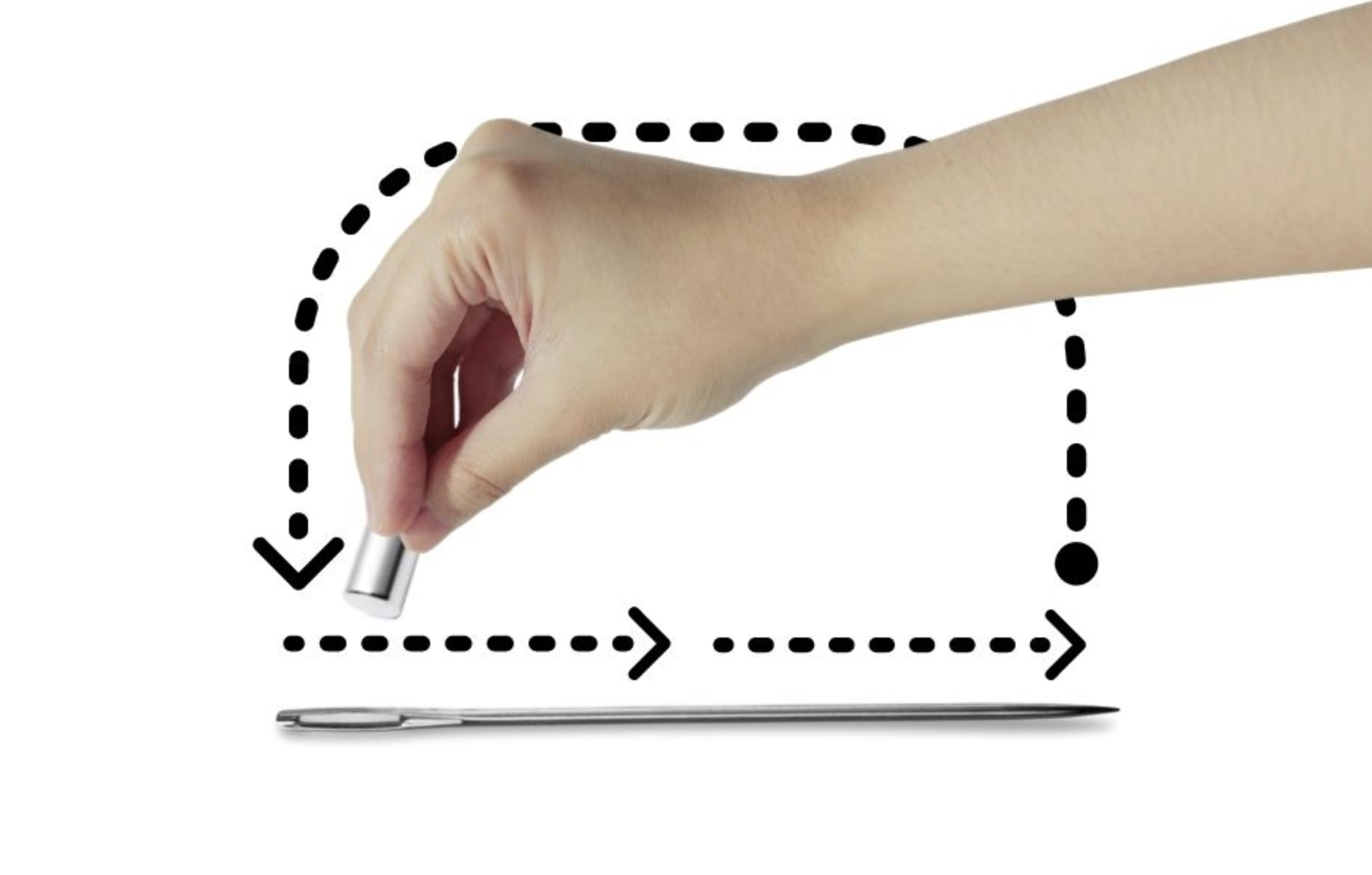
When do you need to remagnetize a magnet?
Imagine you have a perfectly good and strong neodymium magnet, and you want to use it for a new knife rack made out of a piece of wood, you found in the forrest. You are excited and make the perfect knife rack. You drill a hole in the wood beam and test the magnetism - it works like a charme! Then you fasten the magnet and put the knife rack together with nails or screws... and you cannot wait to show it to everyone.
But suddenly, the knife won't stick to the knife rack magnetically. It just slides down. You are confused. What happened from then to now?! Did you get a magnet that doesn't work?!
Don't panic - your magnet has just been de-magnetized from rough treatment when you used a big hammer or a heavy duty drill for the assemply of the knife rack. And the good news is that it still works but needs help to restore order to the poles that have been "confused".
And for this, you just need to follow the instruction above: find another magnet of the same type (in this example, a neodymium magnet) and move it across the demagnetized magnet in a D-shape as on the photo.
So never throw away a magnet that "doesn't work" - test it first with the remagnetizing trick.
How do I decide which way to hold the magnets?
When remagnetizing a magnet, you need to point opposite poles toward each other. But this happens almost automatically because the magnets will try to turn for attraction if placed with the same poles toward each other. (1) Test which ends attract, (2) hold the "old" magnet against the table with one hand so it won't move, (3) hold the "new" magnet in a firm grip in the other hand, (4) make a distance of approx. 1-2 cm. and (5) move the "new" magnet in a D-shape above the "old" magnet.
Repeat this motion around 20 times to get results.
If the old magnet is very weak, you can also determine poles with a compass. It’s very simple: all you need to do is hold the south pole of the old magnet to the north pole of the neodymium magnet (or the other way around).
Note: this is the reason why it is unwise to use a sphere magnet - there’s no reliable way to differentiate the north and south areas while holding it firmly in one hand. So using a sphere magnet (magnet ball) can be both frustrating as well as dangerous.
What will ruin a magnet totally?
Magnets can withstand a lot. A cracked magnet still works (but can be sharp). And you can remagnetize a magnet that has been exposed to shocks and vibrations. But if a magnet has been exposed of too high or too low temperatures in relation to its temperature tolerance, the magnet will be forever de-magnetized.
I know it may seem counterintuitive to get a new magnet to repair an old one. After all, why not just use the new magnet, right? But the magnets will work for a lifetime (80 years or more) when you take good care of them.
Can you demagnetize a magnet?
If there’s one thing this article should have taught you by now, it is that magnets can lose their magnetic field through various ways. In some cases, demagnetizing requires no effort at all, while in others, it requires tons of work.
Permanent magnets can lose their field through 4 major events, both intentional and accidental:
- Improper storage
- Mishandling or damage
- Overheating
- Too low temperature
It is very easy for weaker magnets to lose their field if they are constantly in contact with an opposing field of another magnet. When you just leave them lying about next to each other like this, their opposing forces are acting on one another, demagnetizing them over time. This is possible to do intentionally, as well. Also, neodymium magnets can easily demagnetize ferrite magnets because of the great strenght difference.
When magnets are dropped, damaged or mishandled to the point that their shape significantly changes, they tend to lose their field. This is a property of magnets that is universal, as their function depends on their shape and orientation of their North and South poles.
Now, you could very well want to demagnetize a magnet like this, and it’s very easy to if you just hammer it, drill into it, or throw it around.
Overheating a magnet is the easiest way to stop a magnet from working. It can lose all magnetism in a very short time (a matter of minutes). And the magnetic loss is permanent.
Can you demagnetize steel?
It happens a lot to craftsmen that their tools get magnetic from working with close to magnetic fields of if they have had a magnet places on e.g. a screwdriver for easy collecting screws.
Can you demagnetize your screwdriver? Yes!
To demagnetize the screwdriver so it will lose all magnetism, you just need to bang the screwdriver against a hard floor or table approx. 10 times. The poles will get "confused" and the screwdriver will lose its magnetic field. Or you can buy a demagnetizer which works by having the same poles pointing against your screwdriver all the way around. I prefer "the knock method".
Can you also make your screwdriver magnetic? Yes!
Just put a magnet on the neck of your screwdriver and leave it there or make the D-motion as mentioned in the top of this post. The magnet doesn't even need to be big to work.
Related products - How to re-magnetize a magnet - Complete How To Guide
-
Power magnet, Block 20x20x5 mm.
MAGZ-105-P
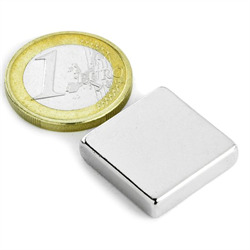
Strength 6.0 kg. 5,08 6,35 EUR
In stock -
Power magnet, Block 40x20x10 mm.
MAGZ-146-P
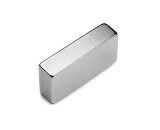
Strength 25.0 kg. 12,48 15,60 EUR
In stock -
Power magnet, Rod 10x20 mm. (neodymium)
MAGZ-416-P
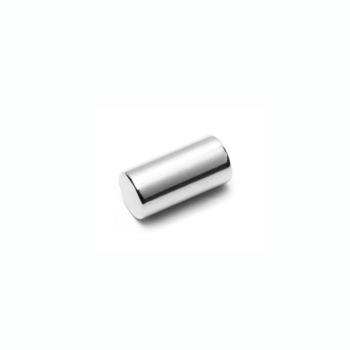
Strength 4.4 kg. 4,08 5,10 EUR
In stock -
Power magnet, Disc 35x5 mm.
MAGZ-189-P
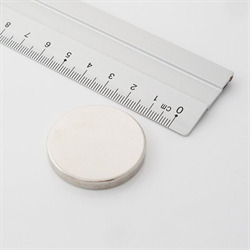
Strength 12.0 kg. 6,24 7,80 EUR
In stock -
Power magnet, Disc 10x10 mm.
MAGZ-109-P
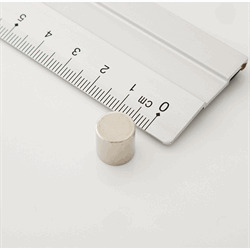
Strength 3.9 kg. 2,68 3,35 EUR
In stock -
Power magnet, Disc 30x10 mm.
MAGZ-400-P
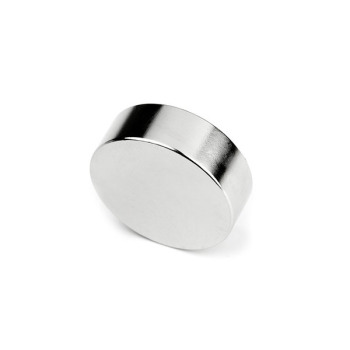
Strength 20.0 kg. 9,68 12,10 EUR
In stock -
Power magnet, Rod 10x40 mm.
MAGZ-089-P
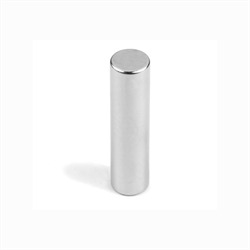
Strength 4.3 kg. 5,40 6,75 EUR
In stock -
Power magnet, Rod 8x30 mm.
MAGZ-090-P
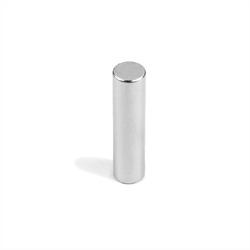
Strength 2.7 kg. 4,72 5,90 EUR
In stock
Developing a process for re-magnetizing and demagnetizing can work wonders for starting hobbies and occupations ranging from car repair, medical imaging and magnet fishing.
With this knowledge, you will be able to apply these skills on your next adventure into the world of magnetism. It is still a rapidly-growing field of study, and it is up to us to be our own personal scientists when handling such mysterious and powerful materials.
Here is a table which summarizes the article briefly:
| Type of magnet: | Permanent magnet | Electromagnet (temporary magnet) |
|---|---|---|
| Re-magnetizing process: | Using the magnetic force of another magnet to gain strength | Manipulating the copper wires inside of the magnet with an external power source |
| How they work: | Using natural magnetic force to manipulate electrons and attract/repel other objects | Using an electric current that flows through copper coils to create a magnetic force and attract/repel objects |
| How they become de-magnetized: | Improper storage Mishandling Overheating |
Improper storage Mishandling Overheating Loss of current |